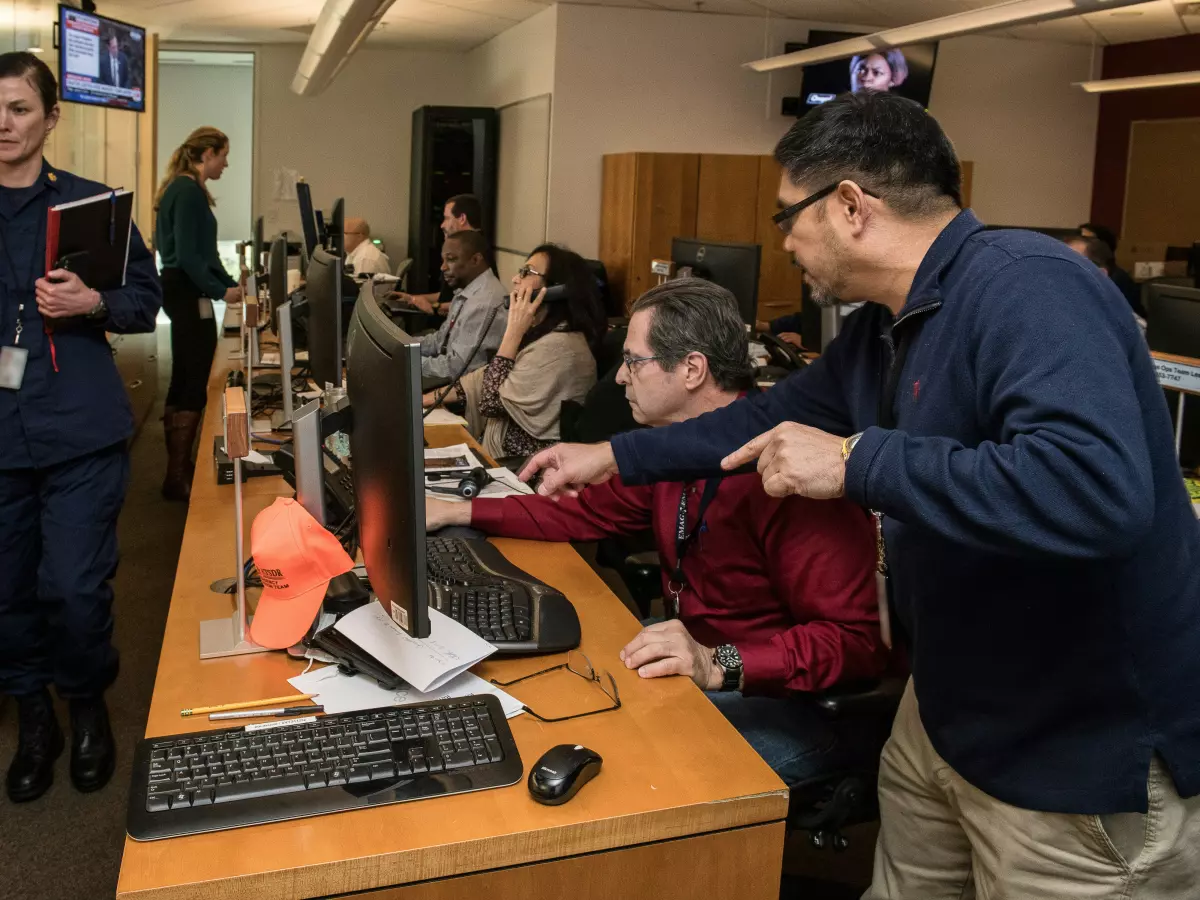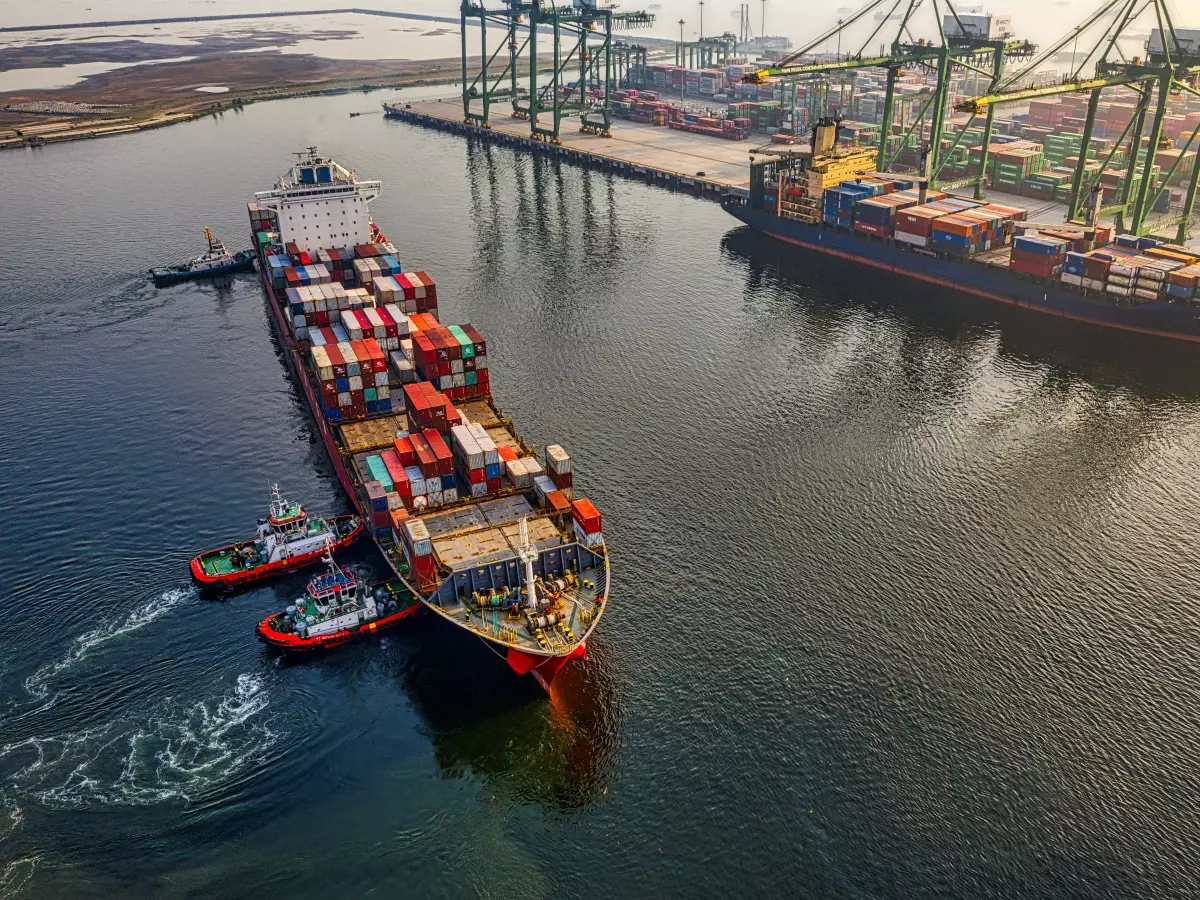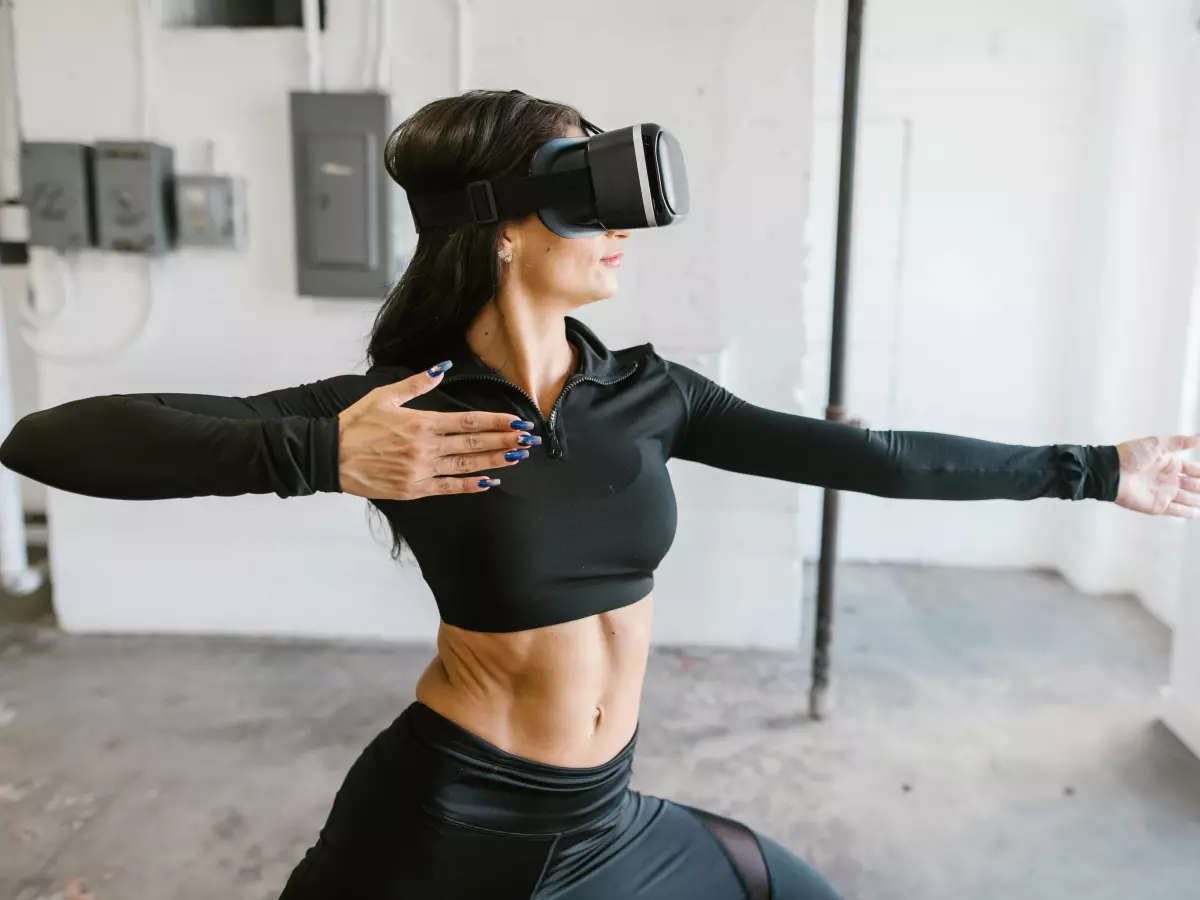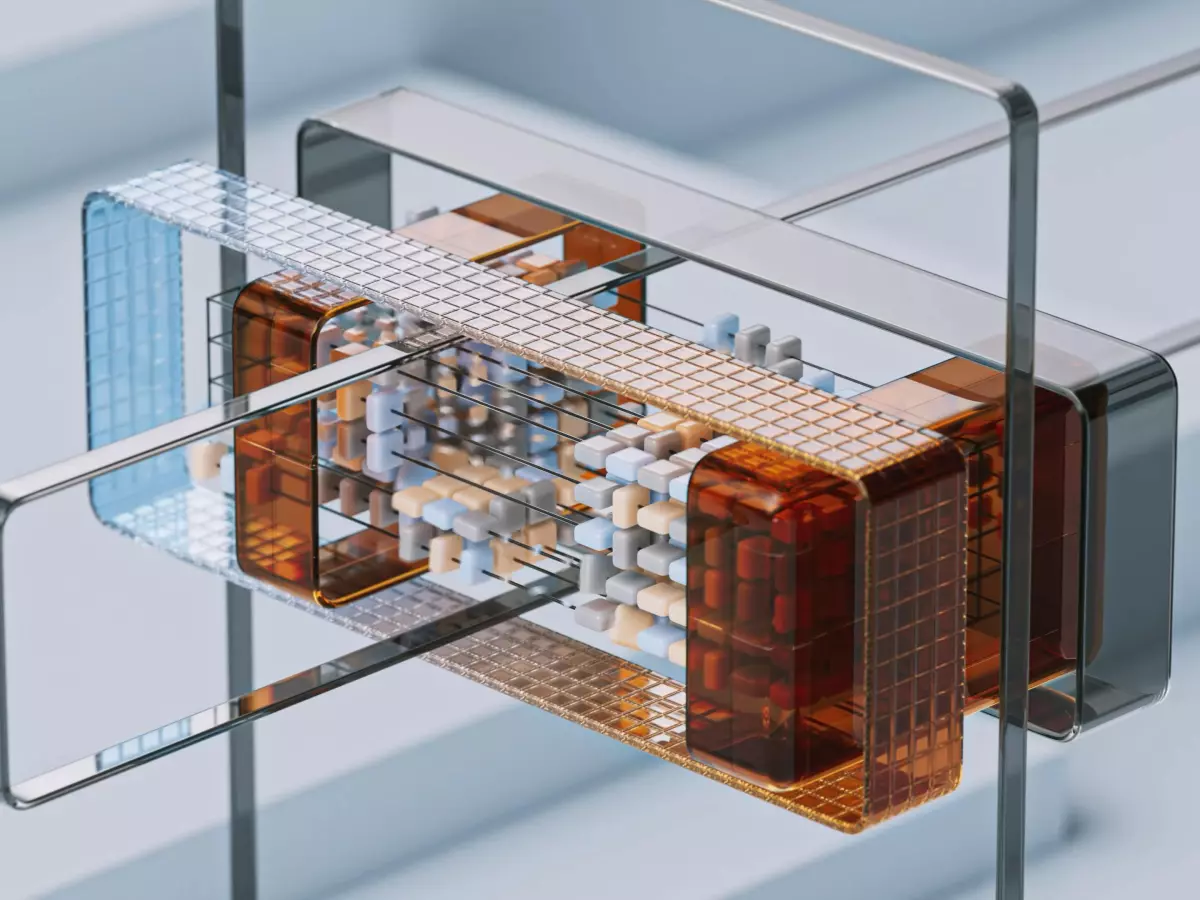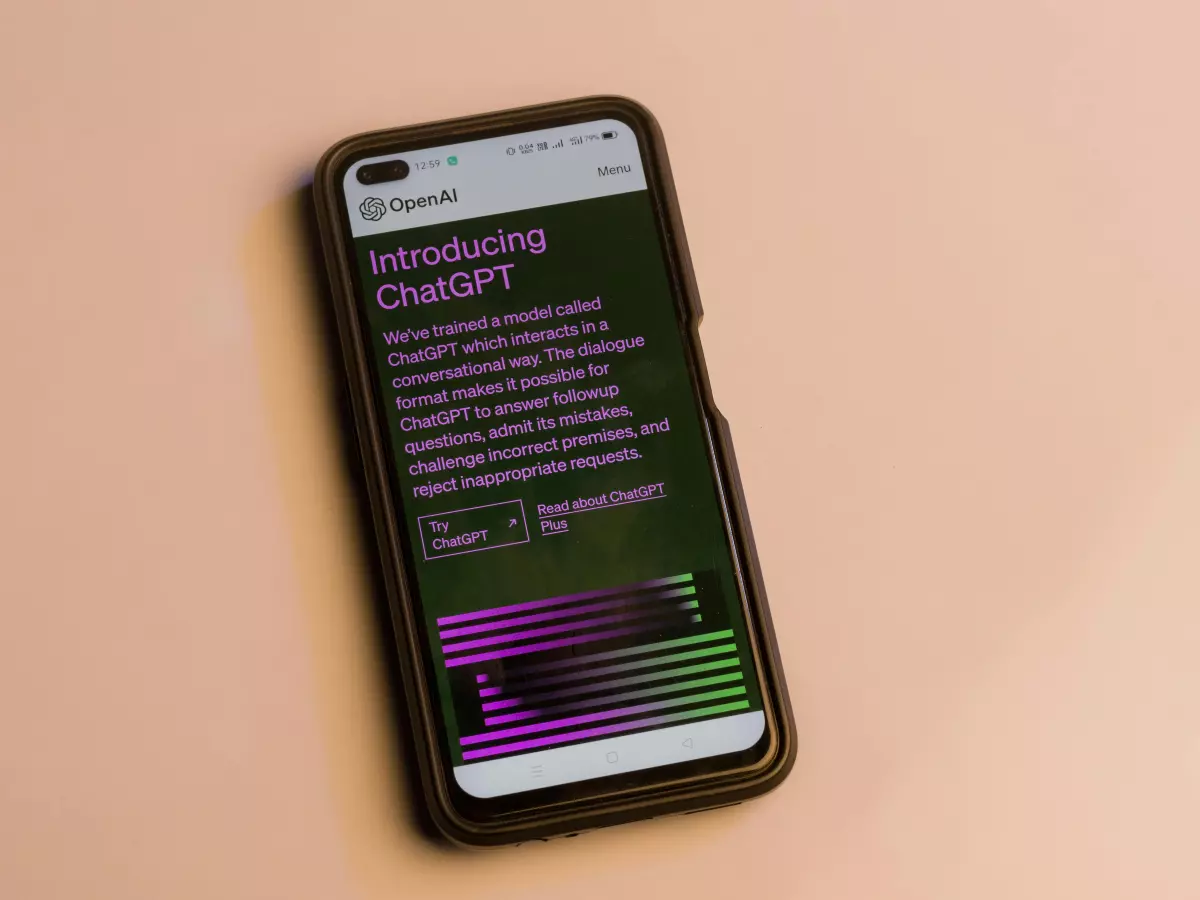AI in Food
Imagine AI as the master chef in a futuristic kitchen, orchestrating every ingredient, every dish, and every process with precision and efficiency. It’s not just about cooking; it’s about rethinking the entire food ecosystem.
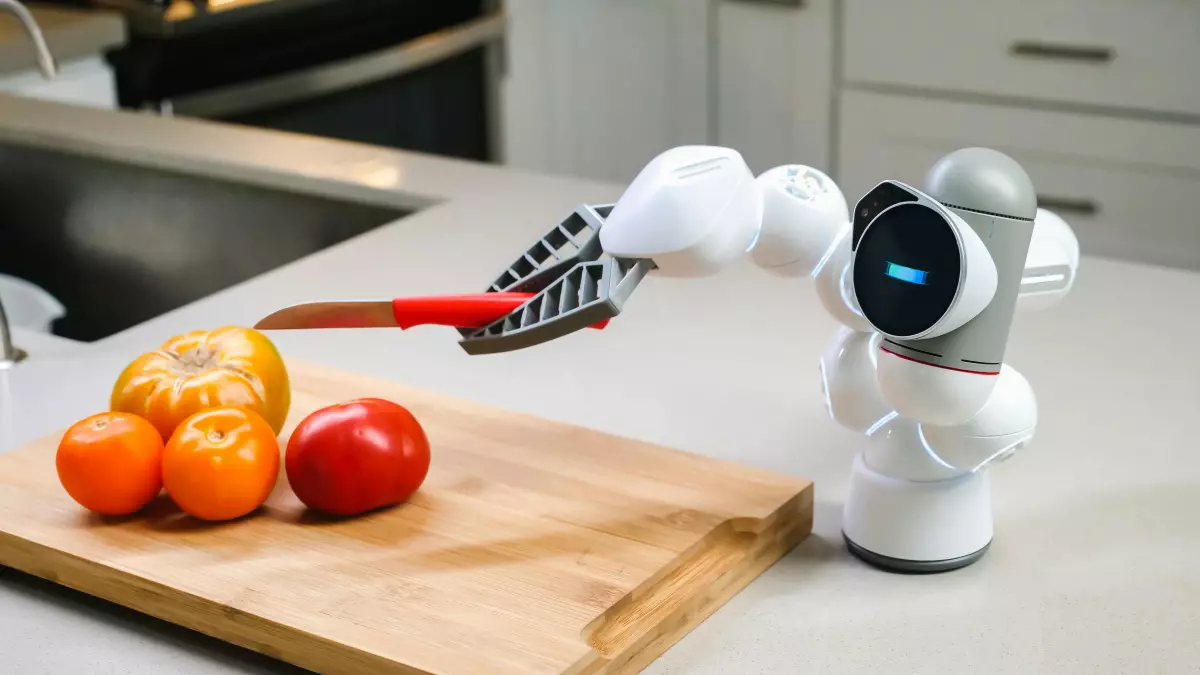
By Alex Rivera
“The future of food is not just about what we eat, but how we produce it.” This quote from José Andrés, the renowned chef and humanitarian, perfectly sums up the seismic shift happening in the food industry today. And at the heart of this transformation? Artificial Intelligence. From farm to fork, AI is reshaping the way we grow, process, and consume food.
Let’s break it down. In the past, food production was a labor-intensive, manual process. Farmers relied on experience and intuition to make decisions about planting, harvesting, and pest control. Fast forward to today, and AI is stepping in as the ultimate decision-maker. Using machine learning algorithms, farmers can now predict crop yields, optimize irrigation, and even detect diseases before they spread. It’s like having a crystal ball for agriculture, but instead of magic, it’s powered by data.
AI in Agriculture: The New Green Revolution
Remember the Green Revolution of the mid-20th century? It was a game-changer, introducing new technologies and farming techniques that dramatically increased food production. Well, AI is leading the charge in what some are calling the “Second Green Revolution.”
Take precision farming, for example. AI-powered drones and sensors are being used to monitor soil conditions, track weather patterns, and even analyze plant health. This data is then fed into machine learning models that can predict the best time to plant, water, and harvest crops. The result? Higher yields, less waste, and more efficient use of resources.
But it doesn’t stop there. AI is also helping to reduce the environmental impact of farming. By optimizing the use of water, fertilizers, and pesticides, AI is making agriculture more sustainable. It’s like having a personal assistant for your farm, but instead of scheduling meetings, it’s scheduling irrigation and pest control.
AI in Food Processing: Smarter, Faster, Safer
Once the crops are harvested, AI continues to play a crucial role in the food supply chain. In food processing plants, AI-powered robots are taking over tasks that were once done by human hands. These robots can sort, package, and even cook food with incredible speed and accuracy. And because they don’t get tired or make mistakes, they’re helping to reduce food waste and improve food safety.
AI is also being used to ensure that the food we eat is safe and of high quality. Machine learning algorithms can analyze data from sensors and cameras to detect contaminants or defects in food products. This means that food recalls can be prevented before they even happen, saving companies millions of dollars and protecting consumers from harm.
AI in Food Delivery: The Future of Convenience
Let’s talk about the final step in the food journey: getting it to your plate. AI is revolutionizing food delivery in ways that would have been unimaginable just a few years ago. From autonomous delivery robots to AI-powered apps that predict what you’ll want to eat before you even know it, the future of food delivery is looking pretty high-tech.
Take companies like Uber Eats and DoorDash, for example. They’re using AI to optimize delivery routes, ensuring that your food arrives hot and fresh. And with the rise of ghost kitchens—restaurants that exist only for delivery—AI is helping to streamline operations and reduce costs.
But it’s not just about convenience. AI is also making food delivery more sustainable. By optimizing delivery routes and reducing food waste, AI is helping to lower the carbon footprint of the food industry. It’s like having a personal chef who also happens to be an environmentalist.
What’s Next? The AI-Powered Future of Food
So, what does the future hold for AI in the food industry? Well, we’re just scratching the surface. In the coming years, we can expect to see even more advanced AI applications, from lab-grown meat to personalized nutrition plans based on your DNA. Imagine a world where your fridge can predict what you’ll want to eat next week and automatically order the ingredients for you. Or where AI-powered robots can cook a gourmet meal in your kitchen while you relax on the couch.
But with all this innovation comes new challenges. As AI takes on a bigger role in the food industry, questions about data privacy, job displacement, and the ethical implications of AI-driven food production will need to be addressed. After all, while AI may be a powerful tool, it’s still up to us to decide how we use it.
In conclusion, AI is not just a buzzword in the food industry—it’s a game-changer. From improving crop yields to revolutionizing food delivery, AI is transforming every aspect of the food ecosystem. And while we may not have flying cars yet, one thing’s for sure: the future of food is looking smarter, faster, and more sustainable than ever before.
